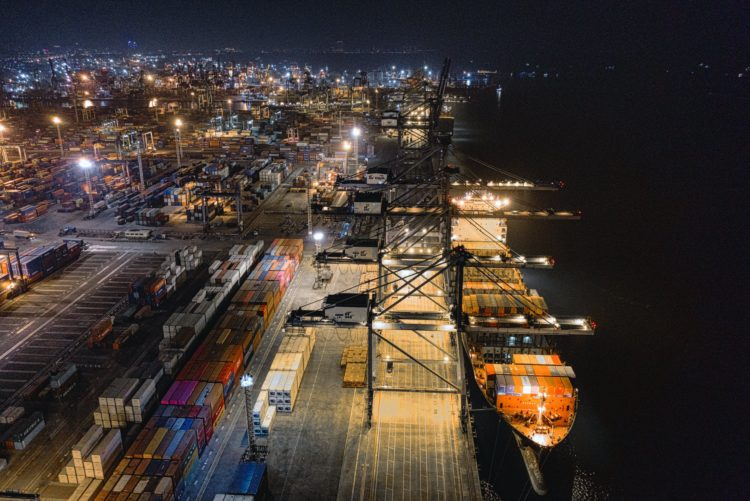With the growing need for digitally interconnected supply chain networks, Gartner has listed eight supply chain technology themes in 2021. According to Gartner, these themes were singled out for their transformational potential and their ability to foster operational resiliency across business functions, technology, and service delivery.
Christian Titze, vice president analyst with the Gartner Supply Chain practice says the broader theme reflects the recognition that innovative technologies are often combined together to solve specific supply chain business problems.
Hyperautomation
Hyperautomation describes the combination of technologies such as machine learning (ML), artificial intelligence (AI) and robotic process automation (RPA) that can facilitate or automate tasks that originally required some form of human judgment or action.
Over the next 10 years, people and businesses will need to delegate more and more authority of decision making to intelligent applications, physical robots and software service assistants. Hyperautomation is expected to help automate transactional processes, such as order to cash and complex decision making, eventually augmenting human capabilities and supporting the creation of an autonomous supply chain.
Digital supply chain twin (DSCT)
The DSCT is a digital representation of the physical supply chain. It is the basis for local and end-to-end (E2E) decision making for the supply chain and ensures that this decision making is aligned horizontally and vertically throughout the network. The DSCT is derived from all the relevant data across the supply chain and its operating environment.
Immersive experience and applications
Immersive experience reimagines the user experience by enabling users to perceive and interact with the virtual world. Head-mounted displays (HMDs), wearables, smartglasses, 5G, and even smartphones or tablets provide the infrastructure and enhancements to immersive experiences through a mix of graphic processing, AI and other individual business applications.
Titze opined that immersive experience technologies have the potential to radically influence the trajectory of supply chain management. It presents new interaction models through the product life cycle, not only with humans, but with other processes, machines and applications.
“Pioneer companies already benefit from outcomes, such as safer working environments, faster repair times, improved work error rate, better collaboration and retention of skills and knowledge,” he continued.
Edge ecosystems
Edge ecosystems consist of edge computing and edge data processing applications. Edge ecosystems allow supply chain technology leaders to reassign and replan large swaths of data processing capacity to the edges of enterprises, where things and people produce or make decisions.
For example, those technologies can be used to track and monitor condition or temperature requirements across multiple phases of a product’s life cycle.
Supply chain security
Supply chain security brings together a more comprehensive approach to embrace security risks such as counterfeits or cybercrime holistically across the E2E supply chain.
With digitally connected E2E networks as an aspirational goal for many organizations, a new generation of scalable supply chain security technology solutions are anticipated to evolve.
Environmental Social Governance (ESG)
Global supply chains have a pivotal role to play in their contribution to both map and assess ESG risks and opportunities. Current technologies allow to track the origins of products, such as palm oil or soy and align with corporate biodiversity and climate change goals.
“Modern supply chains are highly connected and interdependent. Organizations need technologies to map and prepare for ESG opportunities, risks and impacts. Failure to invest in tools and solutions that govern, predict and adapt to new ESG impacts could have a significant influence on brand or company image, customer value perception, and the cost and availability of goods,” Titze said.
Embedded AI and analytics
Embedded AI and analytics are software capabilities that deliver real-time reporting, interactive data visualization and advanced analytics and intelligence directly into an enterprise business application. This stack of technologies can be used in warehousing.
Mobile robot controls or intelligent robotic picking systems leverage their embedded analytics to further optimize operations.
Augmented data intelligence
Augmented data intelligence is a combination of several technologies that facilitate advanced data processing on top of a data lake/platform and further allow for the delivery of insightful information, predictions and suggestions.
Titze observed that supply chain organizations often don’t have all the information they need for good decision-making. Technology leaders look for a solution that helps them increase visibility and that generates insights from data.
“This is where augmented data intelligence comes in next to core business applications. These solutions have the capability to collect, correlate and analyse several data pipelines and provide leaders with the information they need,” concluded Titze.




